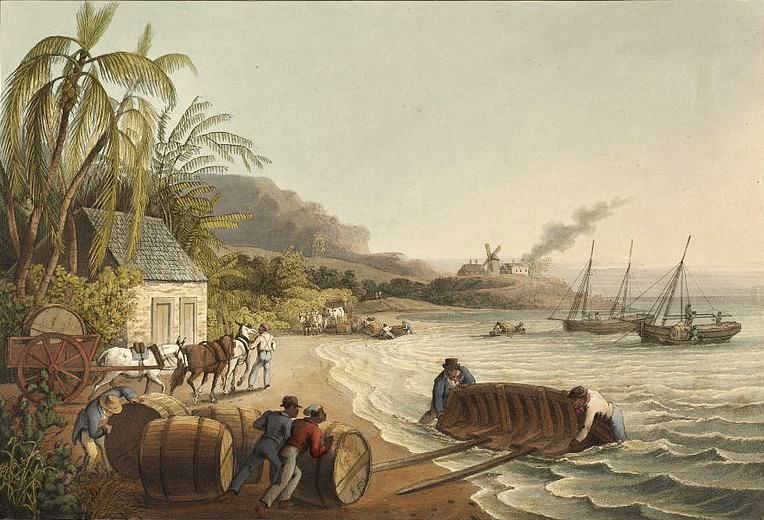Antigua, Slavery and Emancipation in the Records of a Sugar Plantation, 1689-1907

Tudway of Wells Antiguan Estate papers, 1689-1907
The Tudway Papers are the most complete surviving records pertaining to an Antiguan sugar plantation. Both in their chronological coverage and subject matter they provide invaluable historical dataBrunel University
Access the full collection
Get full access to Antigua, Slavery and Emancipation in the Records of a Sugar Plantation, 1689-1907.
Institutional Free Trial
Sign up for a FREE trialSingle User License
Purchase a license below to view the full collection.
Already have a license? Sign in to view the collection
The slaves on this Antiguan sugar plantation are listed in this collection's registers

This collection contains records pertaining to the Tudway family’s ownership of an Antiguan sugar plantation during the 17th, 18th, and 19th centuries. The papers cover the period from the early slave trade to the post-slavery economy. The combination of statistical ledgers and narrative correspondence provides a unique insight into the operation and eventual abolition of the slave trade in the West Indies.
Note: This collection is accompanied by an online guide written by Dr Kenneth Morgan.
Contents
Antigua, Slavery and Emancipation in the Records of a Sugar Plantation, 1689-1907...
Tudway of Wells Antiguan Estate papers, 1689-1907
Discover
Volumes
Insights
- The 'Annual Pay Lists' include names, jobs, days worked and pay. 'Monthly Journals of Works Returns' do include letters from the plantation, though the handwriting is challenging to read.
- These papers include descriptive records of how the plantation worked. Lists of slaves at Parham Lodge are joined by letters from the estate managers to the owner and financial returns.
- Miscellaneous [items] including slave lists' holds registers of slaves' births and deaths from 1817 to 1826. The 'list of slave acquisitions' covers 1748-1767, and the receipts reveal who was buying goods from this estate.
- Letterbooks and correspondence from England and Antigua' describe events affecting the estate. The 9th image in the correspondence from 1834 mentions concerns about slaves being freed.










